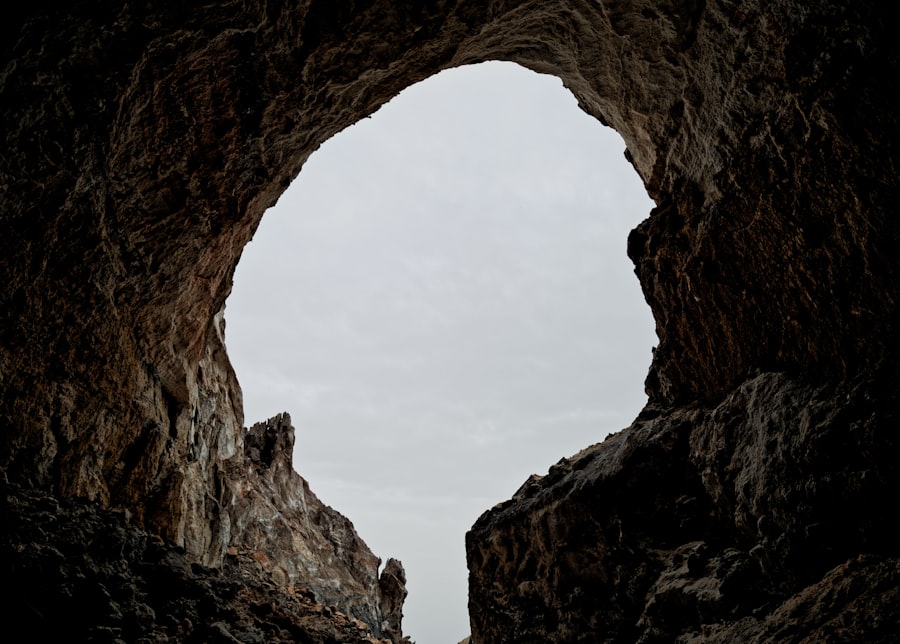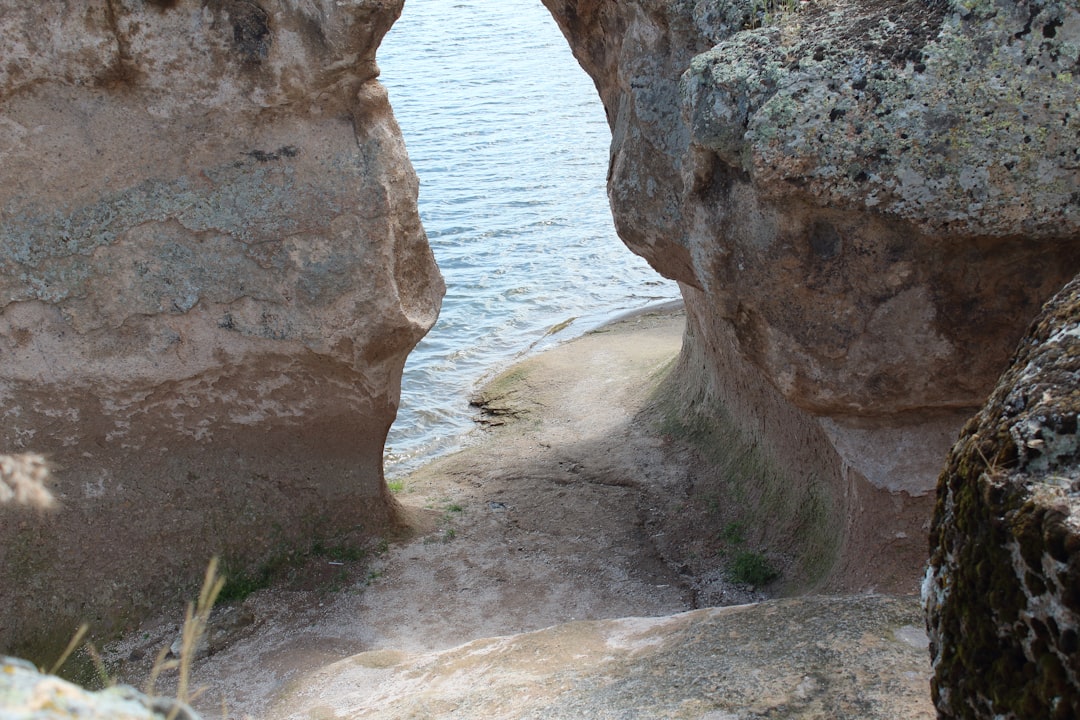The Drake Passage, a body of water situated between the southern tip of South America and Antarctica, is renowned for its tumultuous seas and unpredictable weather. Spanning approximately 600 kilometers (370 miles) in width, it serves as a critical maritime corridor for vessels traveling to and from the Antarctic region. Named after the English explorer Sir Francis Drake, who navigated these waters in the late 16th century, the passage has become synonymous with adventure and peril.
For many, crossing the Drake Passage is not merely a journey; it is a rite of passage that embodies the spirit of exploration and the allure of the unknown. The significance of the Drake Passage extends beyond its geographical boundaries. It plays a vital role in global ocean currents and climate regulation, acting as a conduit for the Antarctic Circumpolar Current.
As such, understanding the intricacies of the Drake Passage is crucial for both adventurers and scientists alike, as it holds keys to understanding our planet’s climate systems and marine biodiversity.
Key Takeaways
- The Drake Passage is a body of water between South America’s Cape Horn and the South Shetland Islands of Antarctica, known for its challenging sailing conditions.
- Rough conditions in the Drake Passage are caused by the convergence of the Atlantic, Pacific, and Southern Ocean currents, leading to strong winds and large waves.
- Navigating the Drake Passage requires careful planning, with tips including choosing the right time of year, preparing for seasickness, and staying informed about weather conditions.
- Selecting the right vessel for the journey is crucial, with considerations such as size, stability, and experienced crew to ensure a safe and comfortable crossing.
- Safety measures such as wearing appropriate gear, securing belongings, and following crew instructions are essential for a smooth and secure passage.
Understanding the rough conditions of the Drake Passage
The Drake Passage is infamous for its rough conditions, which can challenge even the most seasoned mariners. The confluence of the Atlantic, Pacific, and Southern Oceans creates a unique environment where strong winds and powerful currents collide. This results in steep waves that can reach heights of up to 15 meters (49 feet), making navigation treacherous.
The unpredictable nature of the weather adds another layer of complexity, as storms can develop rapidly, transforming calm seas into chaotic swells within hours. The passage’s reputation for rough seas has led to a plethora of tales from sailors who have braved its waters. Many recount experiences of being tossed about in their vessels, with some even describing it as a rite of passage that tests one’s mettle.
The combination of high winds, turbulent waters, and sudden weather changes creates an environment that demands respect and preparation. For those planning to traverse this formidable stretch of ocean, understanding its conditions is essential for ensuring a safe and successful journey.
Tips for navigating the Drake Passage

Navigating the Drake Passage requires careful planning and preparation. One of the most important tips for travelers is to choose the right time of year for crossing. The summer months in the Southern Hemisphere, particularly from November to March, generally offer more favorable weather conditions.
During this period, calmer seas and milder temperatures are more common, making it a popular time for expeditions to Antarctica. In addition to timing, travelers should also consider their physical preparedness. Seasickness can be a significant issue for many individuals crossing the Drake Passage due to its notorious waves.
It is advisable to consult with a healthcare professional about preventative measures, such as medication or natural remedies, before embarking on the journey. Furthermore, packing appropriate clothing and gear is crucial; layers that can withstand cold temperatures and wet conditions will enhance comfort during the crossing.
Importance of choosing the right vessel for the journey
| Factors | Importance |
|---|---|
| Vessel size | It affects the amount of cargo or passengers that can be carried, impacting efficiency and cost. |
| Vessel type | Different vessels are designed for specific purposes, such as cargo, passenger transport, or leisure activities. |
| Weather conditions | The right vessel can handle various weather conditions, ensuring safety and timely arrival. |
| Cost | Choosing the right vessel can impact the overall cost of the journey, including fuel, maintenance, and operational expenses. |
| Environmental impact | Selecting an environmentally friendly vessel can reduce the ecological footprint of the journey. |
Selecting an appropriate vessel is paramount when planning a crossing of the Drake Passage. Different types of ships are designed to handle varying sea conditions, and choosing one that is well-equipped for rough waters can make all the difference in ensuring passenger safety and comfort. Ice-strengthened vessels are often preferred for Antarctic expeditions, as they are built to withstand harsh conditions and navigate through ice-laden waters.
Moreover, the size and design of the vessel can significantly impact the experience during the crossing. Smaller ships may offer a more intimate experience but can be more susceptible to rough seas. Conversely, larger vessels may provide greater stability but could lack the agility needed to navigate through ice or narrow passages.
Ultimately, travelers should weigh their options carefully and select a vessel that aligns with their comfort level and adventure goals.
Safety measures to consider while crossing the Drake Passage
Safety should always be a top priority when crossing the Drake Passage. Before embarking on this journey, travelers should familiarize themselves with safety protocols established by their chosen vessel’s crew. This includes understanding emergency procedures, knowing where life jackets are located, and participating in safety drills if offered.
Additionally, it is wise to stay informed about weather conditions throughout the journey. Modern technology allows for real-time updates on sea conditions, which can help passengers prepare for any changes that may arise during their crossing. Staying vigilant and adhering to crew instructions can significantly enhance safety while navigating this challenging passage.
Strategies for minimizing the impact of rough seas

While it is impossible to eliminate the challenges posed by rough seas entirely, there are strategies that travelers can employ to minimize their impact during a crossing of the Drake Passage. One effective approach is to position oneself in areas of the vessel that experience less motion. Typically, cabins located in the middle section of the ship tend to be more stable than those at either end.
Another strategy involves maintaining a balanced diet and staying hydrated throughout the journey. Consuming light meals can help mitigate feelings of nausea associated with seasickness. Additionally, engaging in gentle activities such as stretching or walking around the ship can help maintain equilibrium and distract from discomfort caused by rough waters.
Weather patterns and their impact on the Drake Passage
The weather patterns in the Drake Passage are notoriously unpredictable, influenced by various factors including ocean currents and atmospheric conditions. The region experiences frequent storms that can arise suddenly, leading to rapid changes in sea state. Understanding these patterns is crucial for anyone planning to cross this body of water.
During certain times of year, particularly in winter months, storms can be more prevalent, resulting in heightened risks for vessels traversing the passage. Conversely, summer months may offer more stable weather conditions but still require vigilance due to potential squalls or sudden changes in wind direction. Travelers should remain aware of these patterns and consult with experienced crew members who can provide insights into current conditions.
Wildlife encounters in the Drake Passage
One of the most enchanting aspects of crossing the Drake Passage is the opportunity to encounter diverse wildlife that inhabits these waters. The region serves as a migratory route for various species, including whales, seals, and seabirds. Travelers may be fortunate enough to spot humpback whales breaching or orcas hunting in their natural habitat.
Birdwatchers will also find delight in observing numerous seabird species that thrive in this environment. Albatrosses, petrels, and skuas are just a few examples of avian life that grace these waters. The chance to witness such wildlife adds an extraordinary dimension to the journey across the Drake Passage, making it not only an adventure but also an opportunity for connection with nature.
Historical significance of the Drake Passage
The historical significance of the Drake Passage cannot be overstated. It has long been a critical route for explorers seeking to uncover new territories and trade routes. Sir Francis Drake’s expedition in 1578 marked one of the first recorded crossings of this passage, paving the way for future explorers who would follow in his wake.
Throughout history, many notable figures have traversed these waters, each contributing to our understanding of geography and navigation.
Today, it remains a symbol of exploration and adventure, drawing travelers from around the globe eager to experience its challenges firsthand.
Alternative routes and transportation options
While crossing the Drake Passage is often seen as a quintessential part of Antarctic expeditions, there are alternative routes and transportation options available for those seeking different experiences. Some travelers may opt for air travel directly to research stations or tourist destinations on Antarctica’s mainland, bypassing the passage altogether. Additionally, there are cruise options that explore coastal regions or islands surrounding Antarctica without venturing into the heart of the Drake Passage itself.
These alternatives provide opportunities for wildlife viewing and scenic exploration while minimizing exposure to rough seas. Ultimately, travelers should consider their preferences and objectives when selecting their route to ensure an enjoyable experience.
Embracing the challenge of the Drake Passage
Crossing the Drake Passage is undoubtedly a formidable challenge that requires careful consideration and preparation. However, for those who embrace this adventure, it offers unparalleled rewards—both in terms of breathtaking landscapes and unique wildlife encounters. The passage serves as a gateway to one of Earth’s last frontiers, inviting explorers to witness its beauty while testing their limits against nature’s forces.
As travelers embark on this journey across one of the world’s most notorious bodies of water, they carry with them not only their personal aspirations but also a sense of connection to those who have navigated these waters before them. The Drake Passage stands as a testament to human resilience and curiosity—a reminder that sometimes it is through facing challenges head-on that one discovers their true spirit of adventure.
The Drake Passage, known for its notoriously rough seas, is a topic of interest for many travelers and maritime enthusiasts. This narrow body of water between the southern tip of South America and Antarctica is often described as one of the most treacherous sea passages in the world. For those curious about the conditions and experiences of navigating this challenging route, a related article on the subject can be found on MyGeoQuest. This article delves into the factors contributing to the Drake Passage’s roughness and offers insights into what travelers might expect when crossing it. For more detailed information, you can read the article by visiting this link.
WATCH NOW! Drake Passage: Earth’s Deadliest Waters Revealed
FAQs
What is the Drake Passage?
The Drake Passage is the body of water between the southern tip of South America and the northern tip of the Antarctic Peninsula. It is known for its notoriously rough seas and challenging sailing conditions.
Is the Drake Passage always rough?
Yes, the Drake Passage is known for its rough seas and strong winds. The combination of the Southern Ocean’s unimpeded flow around Antarctica and the lack of any significant landmass to disrupt the winds results in consistently rough conditions.
What causes the rough seas in the Drake Passage?
The rough seas in the Drake Passage are primarily caused by the convergence of the westerly winds and the Antarctic Circumpolar Current. These factors create a unique and challenging environment for sailors and travelers.
Are there any times when the Drake Passage is not as rough?
While the Drake Passage is generally rough, there may be periods of relatively calmer conditions, especially during the summer months. However, rough seas are still common, and travelers should be prepared for challenging sailing conditions.
What should travelers expect when crossing the Drake Passage?
Travelers should expect rough seas, strong winds, and potentially challenging sailing conditions when crossing the Drake Passage. It is advisable to be prepared for seasickness and to follow the guidance of experienced crew members.
